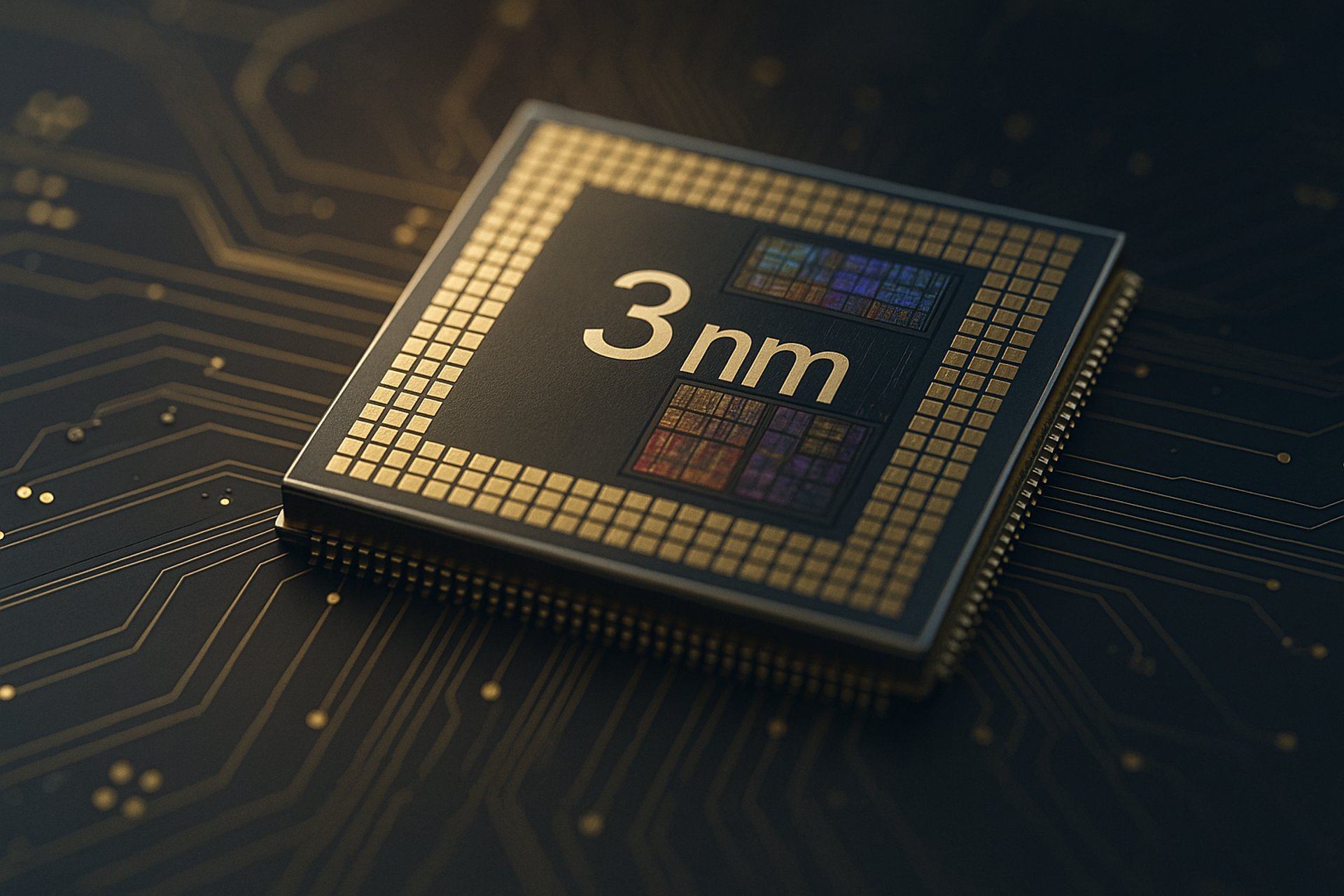India's Leap into the Future
The 3nm Chip Revolution
Nexus Computer
5/14/20252 min read

In the rapidly evolving world of semiconductors, the 3-nanometer (nm) chip stands at the cutting edge of innovation — literally and figuratively. It promises unprecedented power efficiency, performance gains, and a transformative impact across industries. For India, a country with aspirations of becoming a global tech manufacturing hub, the 3nm chip represents both a challenge and an opportunity.
What is a 3nm Chip?
Semiconductor chips are the brains of modern electronics. The term "3nm" refers to the size of the transistors etched into a silicon wafer — smaller transistors mean more can fit onto a chip, improving performance while reducing power consumption. These chips are foundational to next-gen applications like AI, 5G, quantum computing, and high-performance smartphones.
The global leaders in 3nm manufacturing include TSMC (Taiwan), Samsung (South Korea), and Intel (USA). Entering this league is no small feat — it requires billions of dollars in investment, ultra-clean fabrication facilities (fabs), and decades of expertise.
India’s Semiconductor Ambitions
India has long been a powerhouse in software and IT services, but now it’s aiming to climb the ladder in semiconductor manufacturing. With the launch of the Semicon India program, the government has committed over $10 billion in incentives to attract global chipmakers and develop domestic capabilities.
In 2024–2025, India witnessed key developments:
Micron Technology broke ground on a $2.75 billion chip assembly and test facility in Gujarat.
Tata Group announced plans for a semiconductor fab in partnership with Powerchip (Taiwan), focusing initially on mature nodes (28nm), with future scalability in mind.
Talks have surfaced around bringing advanced nodes, including 3nm, to India through foreign collaborations and technology transfer agreements.
Why 3nm Matters for India
Strategic Autonomy: Developing or housing 3nm technology reduces reliance on foreign supply chains, which became fragile during the COVID-19 pandemic and geopolitical tensions.
Economic Multiplier: A robust semiconductor ecosystem could generate millions of high-skill jobs and push India up the value chain in electronics manufacturing.
Innovation Catalyst: 3nm chips are essential for AI, cloud computing, IoT, and electric vehicles — all focus areas in India’s digital economy roadmap.
Challenges Ahead
Despite the enthusiasm, manufacturing 3nm chips isn’t easy:
Capital-intensive: A single 3nm fab can cost upwards of $20 billion.
Technology gap: India lacks native IP, design tools, and experience in advanced lithography (like EUV, which is crucial for 3nm).
Skilled talent: There's a shortage of semiconductor fabrication experts — a skill India is now aggressively developing through academic-industry partnerships.
What’s Next?
India is laying the groundwork — not to start building 3nm chips tomorrow, but to become a serious player in the next 5–10 years. The first step is to gain experience with legacy and mature nodes, while forming strategic partnerships with global leaders for advanced node R&D.
If India succeeds in building even a partial 3nm supply chain, it could leapfrog into a new era of technological self-reliance and global competitiveness.
Conclusion
India’s ambition to embrace 3nm technology isn’t just about matching global giants — it’s about securing a seat at the table of future innovation. With sustained investment, strategic vision, and global partnerships, India could very well be a key player in the semiconductor race by the end of this decade.

Location
1st Floor, Over Arohi Misthan Bhandar Beside Tara Kunj Complex Khelgaon, Chowk, Deepatoli, Jai Prakash Nagar, Ranchi, Jharkhand 834009
Hours
MON-SAT 10:30 AM-08:00 PM
Sunday Closed
Contacts
Office: 0651 4502456
Mobile: 09431774715, 09905192991
support@mynexuscomputer.com


